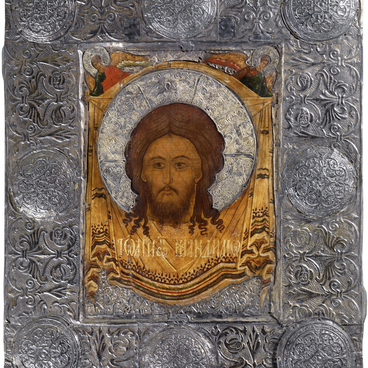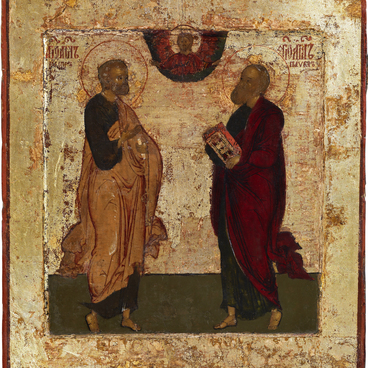The type of icon Mother of God Hodigitria originated in the 1st century AD. According to the legend, it was painted by apostle Luke for bishop Theophilus of Antioquia. The name of the icon is associated with the ancient Christian temple Hodigon in Greece, where the first image of this type was found. Hodigitria translates from Greek as the Wayfinder.
On icons of this type the Mother of God is depicted with infant Jesus on Her arms. He could be placed on the right hand of the Mother, as on the icon of the Mother of God Hodigitria of Jerusalem, or on the left hand - such composition is called the Mother of God Hodigitria of Georgia.
On icons of this type the Mother of God is depicted with infant Jesus on Her arms. He could be placed on the right hand of the Mother, as on the icon of the Mother of God Hodigitria of Jerusalem, or on the left hand - such composition is called the Mother of God Hodigitria of Georgia.

